Question from New Zealand: I have been working through your site for answers to a lot of questions :-) and have found it invaluable as I work with my wild caught mare who is now 7 yrs old. She was only broken in at 5 and then we just got her home and a couple of months later she broke her foot. So after a year out with that I’m starting her all over again. She was trained by Trisha Wren who’s methods are similar to your own.
BUT the issue is with her little paddock mate. A warmblood 3yr old, almost 4yr filly (Pipsqueak) who each time I take Charity away from her gallops and bucks around her paddock. The last time she wasn’t even out of site but took off around her paddock and chest crashed a gate twice. The 3rd time she knocked it off it’s hinges. Very luck for us she didn’t cut herself but it must have bruised. Many times I thought she was going to jump the gate. Now she hasn’t always been like this.
I’ve done quite a bit with her and she is smart but impatient. She can be handled all over etc and we got as far as saddling and lunging. We being my petite 17 yr old and I. We decided she was ready to be backed as she was cruisey and curious but very accepting. My daughter decided to move her to her fathers farm where she has access to a fenced sand arena. We made the move and left her with a retired gelding as company in the paddock.
Well after 3 weeks Pip had made no progress there and in fact had gone seriously backward. My daughter said we had best bring her back home because she couldn’t do anything with her. After difficulties even loading her (a self loader previously) we got her home and she seemed so skittery and hyped up. Back in with Charity she sort of settled though my horse put her smack bang in her place, where as she had been far more patient with her previously.
We are now 2 weeks along, she is fine to handle again, back almost to where we were at BUT she is a nut if I remove my horse, even if it isn’t out of sight of her. What do we do? Her attitude is rubbing off on Charity who gets anxious if I do take her out of sight and struggles to keep her mind on our own training.
I’m quite worried she may injure herself and I can’t be on Charity and sorting Pip out. So your help would be very much appreciated.
Regards
Glenys
New Zealand
Answer from April Reeves: This young filly needs a job to do. Not too physical a job, as she is coming 4, but definitely a mental job. Some horses are wired that way. They ask us to stay on our toes and figure it out for them. You now own such a horse. Take it as a good sign that she has come into your life to teach you, as difficult as it may appear.
One thing right away that I see is a young energetic filly in confinement. Moving a horse from a stall to a paddock is just a bit bigger outdoor stall. Horses need fields: space to run and figure out where their legs go when moving in all directions. The other purpose of letting horses move as much as possible is found within their feet. The bottom of the hoof is much like the bottom of your foot. If you understand reflexology you will know there are specific pressure points that align with organs in your body. Horses have the same functions. They are called “ting” points. Moving allows the horse’s internal organ system to stay at optimal health. Horses in the wild will travel many miles in one night. Just try keeping up to them: I have done so. I am not sure if Pip gets to do this every day or if you have access to a large field, but if you do, 12 hours a day minimum does a great deal for the body and the brain.
Pip has a strong instinct to remain with the herd. She has not yet understood that when Charity goes away, she will come back. Time has no meaning to the horse; only to the human. A youngster whose instinct is this strong will go to any length to remain in that herd, even hurting herself severely.
She may not have caused damage on the outside, but every fence break she adds scar tissue and a “history” of injury that may appear later in her life. Because it is not visible to the eye does not mean it doesn’t exist.
Moving her may or may not have worked: only testing out the theory would tell you. No one could have accurately predicted her reaction, so you did the right thing. She may have bonded to the gelding well, but it seems she prefers the company of mares. That’s not unusual. But it does tell me one thing: she has a very big hole in her training on the ground.
Thank you for describing your pattern with her. One thing I see right away is that you are doing all the things a normal rider/trainer would do with her: saddling, lunging, handling. This is fine but it’s not enough, and won’t give you the bond you are not just looking for but desperately need at this juncture in her life. Groundwork, as long and tedious as it often appears, needs to be done every day. It is not a training method as much as it is a way of life.
The most important thing groundwork does is set you up for success in saddle work and everything else. It gives the horse the confidence in herself to try something new, but most important, it establishes a trust in you so strong that you will wonder why you don’t do this with all your horses.
Two things I would do immediately that often make huge differences in a horse’s personality:
1. Feeds: With all the training possible, I still find many Professional trainers completely miss the concept that the horse gets a significant percentage of their emotion from the feeds they are getting. I have come across many, many horses in my work that have done a 180 in attitude just by changing their diets. There are many posts on this blog about feed, and I suggest you read them over carefully. If you have any further questions, or want to send me your feeding schedule, please do so. But this is one very crucial aspect that’s always left out of the equation, yet feed can be changed easily, as long as you are open about it and not holding on to old beliefs that no longer serve the horse.
2. Space: This filly needs to move, run, play and buck with a friend. I am not sure you have this ability as I don’t catch any reference to it, but this is so vitally important as well. We have come so far in our knowledge about the horse, but we have lost many valuable lessons from a world of “convenience” that again, we miss the obvious. I cannot stress this enough: she needs to move, and that means a minimum of 12 hours a day. At my barn the horses are out all night, moving and chomping the grass and keeping busy. In the day they are in and easy to access for work. This is the horses’ natural life cycle. They rest and move very little in the day, but when night comes they are on the move. It’s instinct we cannot change. Yet we do the opposite and expect them to accept it. Pip is telling you that her instinct is very primal.
Once you have gone over the feed and the freedom, and have adjusted where you can and experimented where you need to, it’s time for Pip to have a little attitude adjustment.
I use to have a tall solid wall with a heavy chain tie that I would clip a horse up to and walk away for about 6 hours, if needed. I always polo wrap all 4 legs or at least a good walled boot as they often use their legs pawing and jumping around at first, but Pip needs to learn to stand and stay quiet. This can only be learned in your absence. By allowing the horse to go through the emotions of abandonment and realizing she has no choice but to stand, she will eventually find that place where she is comfortable, and that is usually a quiet place. But she needs to do this on her own.
If you don’t have an outside wall, you probably have one in your stall. Put a really strong, big ring and hook up high: over her head at full height. Make sure it’s into a very, very strong board as well or attached to a main post from behind. The reason it needs to be up high is because they cannot get the leverage to pull when it’s above their heads, and if they lose their balance they have the chance to gain their balance back again quickly on their own. The length of the chain you attach to her halter (leather halter only as it needs to give if she somehow defies the law of gravity and gets hung up, although I’ve never seen this happen, touch wood…) must be no longer than her head height at normal height, and must have a quick release mechanism. Never tie a horse where they can get a leg over the lead line.
Tie her to this every day for no more than 6 hours, but if she’s quiet within 1 hour release her. However, I’ve seen mares test this for up to 5 hours, so pay close attention, as you don’t want to go that long if it’s not necessary.
Horses have to learn to take responsibility for their own actions and find their own comfort. They all learn this eventually, if you take the time to allow this teaching to exist. You won’t actually teach this, but you will set up the experience to learn. That’s important to remember. It’s not up to you how long it takes: it’s up to Pip.
The other thing I like about this is that it’s easier on the owner. Just walk away, clean stalls, do what ever you need to, take out Charity and ride her and ask “the petite 17 year old” to keep an eye on Pip at a distance while you ride Charity. If Pip is having an emotional tantrum, which I’ll bet big money on, DON’T acknowledge it in any way. Not by watching her openly, and definitely don’t speak to her. This is her lesson. Just make sure she doesn’t get into any REAL trouble.
Sometimes training is tough love, but it’s easier than trying to deal with a big strong mare that’s determined to hurt herself badly to get to where her primal instincts tell her. It is also safer for you and the “petite one” – no one needs to get hurt when there are alternatives.
Please take the time to go over groundwork as well. My big site, Horseman’s U has a few good video’s of Jay O’Jay, one of my hero’s of groundwork. Links to this video:
http://www.horsemansu.com/jay_ojay_video_roundpen
http://www.horsemansu.com/jay_ojay_video_roundpen_series
http://www.horsemansu.com/jay_ojay_video_roundpen_series_dvd
http://www.horsemansu.com/jay_ojay_video_roundpen_series_four
There are also tons of articles on this blog to help you with groundwork. I cannot stress this enough: you must treat groundwork not as a method to overcome an issue, but a way of life for you and your horse for the rest of your life. As you get more comfortable with the “language” and the subtle movements, you will find two things: that the bond between you and Pip will become “magic”, and you will have the tools to handle almost any horse presented to you with skill and confidence.
This summer I should have videos as well to help you out. Just have to find someone that can shoot as well as I like. Fussy can often be such a setback! But not when it comes to the horse.
I hope this helps you Glenys and please don’t hesitate to return your results, or ask for help. Many people here send me emails and often ask how to move further with their horses.
It really is all about the horse!


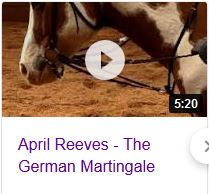
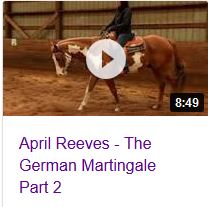
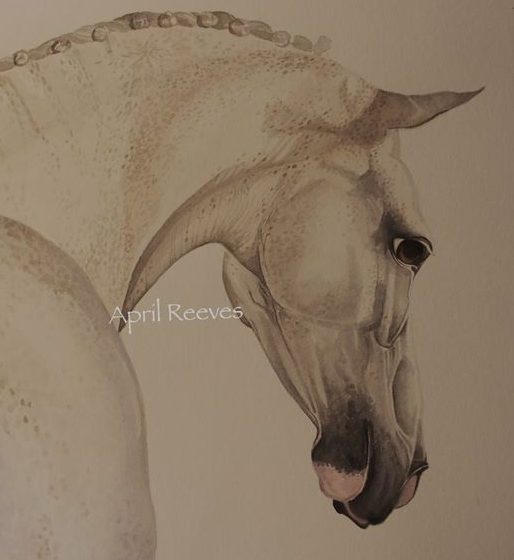

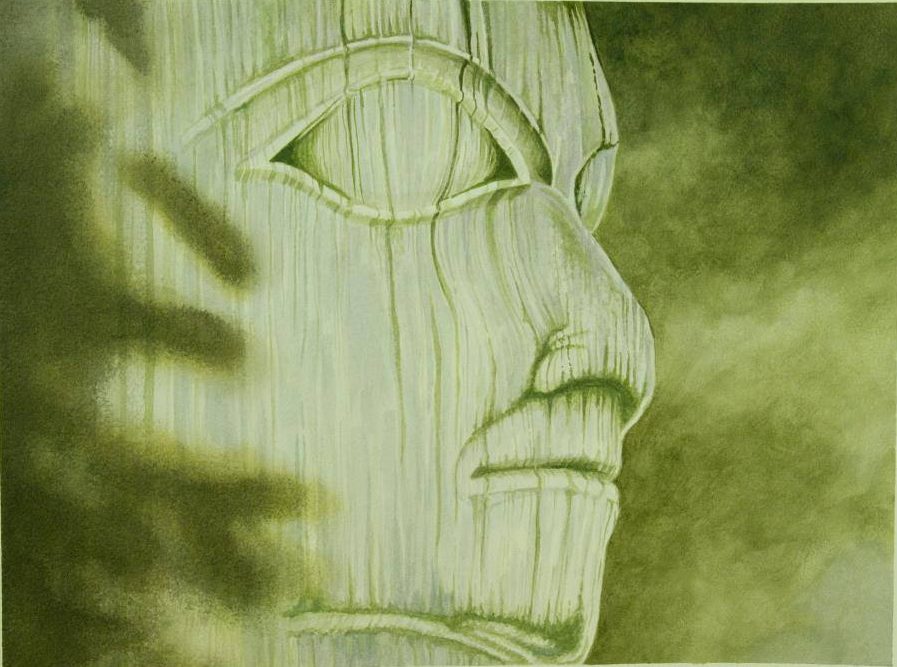
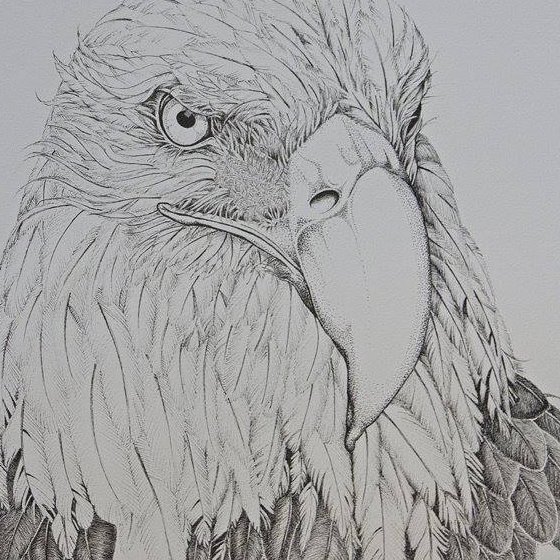




Hi April,
I thought it time for an update. Pip has big paddocks to run around all the time, we are lucky to have a hilly property and if the horses aren’t loose in the paddock they are on a track instead. And you are right, they love to hoon around, ducking and diving around the tree’s, sliding down the banks in the wet. A glorious site though I sometimes cringe at the mud skids through the grass!
I followed your advice with Pipsqueak and we have improvement. It isn’t perfect but much improved. She is now taking herself away from my mare (read that as slipping under the electric fence’s!!) usually for a hour or so at a time.
If I take Charity away, she paces and runs the fence line for several minutes, then returns to grazing. I now usually leave her with a feed or hay to try to interrupt the pattern.
I can take Charity out of site and leave her there over night for a couple of nights and I no longer have a churned to mud fence line. So we are getting there :-).
The ground work is key, as you said, she needs to be kept busy. She loves going for walks up hill, over the bridge, jumping the stream, all on a long lead while being taught to keep our space and be polite. She seems to enjoy the boundaries we have set and I guess we have become more confident in asking for them. She backs and turns and I’ve added poles to work with, around, over and between. We practice single rein stops and moving off on first ask.
I appreciate the time you put into your reply and between the two horses in my life I am coming to understand the depth of knowledge you most certainly have. Thank you for helping out yet another beginner.
Kindest regards
Glenys
Hi Glenys,
I’m so glad it’s working out! Pip sounds like a very nice horse, and what you have created is a bond that will only get better with time. Horses love to do things and learn and absorb. She is appreciating having another leader to help show her these things. Who knows, one day I may get over to your side of the planet. It’s in the works. Would love to see New Zealand! If you have any other training issues feel free to post them and I’ll help out. Only glad to be able to give back to this lovely world…